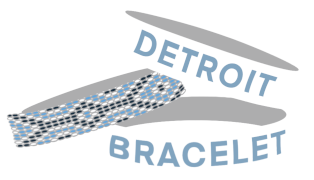

History
Shungite has a long history both above and below the earth. It was first named in 1879 by Russian geologist Aleksandr Aleksandrovich Inostrantsev for deposits found near the village of Shunga in the Republic of Karelia, Russia. However, it had been in use as a source of medical treatment among the populace of the region for hundreds of years. When Tsar Peter the Great stopped in Karelia with his army, he was told by residents to bathe in water from an outcropping of shungite. He felt so refreshed by this, he commissioned the first spa in the area to make use of shungite. It is believed that in the battle of Poltava, Peter the Great’s army was victorious because they had been drinking water purified by shungite. In 2006 it was confirmed by the Saint Petersburg University that shungite acts as a natural antibacterial filter and it is still used today in Russia as a purifier.For over three hundred years shungite has been used as a pigment in paint. It is listed under the names “shungite natural black” and “carbon black” today. Shungite deposits are found in areas that are believed to have been biologically rich lagoons over two billion years ago. In 1992 it was discovered that fullerenes, tightly packed balls of carbon atoms, naturally occurs in shungite.
Metaphysical Properties
Shungite is considered an incredibly powerful stone by believers of metaphysical properties. Due to the ancient age of these gemstones, shungite is believed to have very strong grounding properties and earth energies. It provides a powerful defense against harmful energies created by the electromagnetic frequencies of manmade electronic devices. It helps energize and ground your root chakra, allowing your body to become more receptive to energies in the higher chakras and deflecting away bad luck and other bad energies.
It is also said that water purified by shungite carries some of the same strong earth energies. This may further bring your body into alignment and balance, boost healing, relieve stress and amplify mental energies.

Comments are closed.